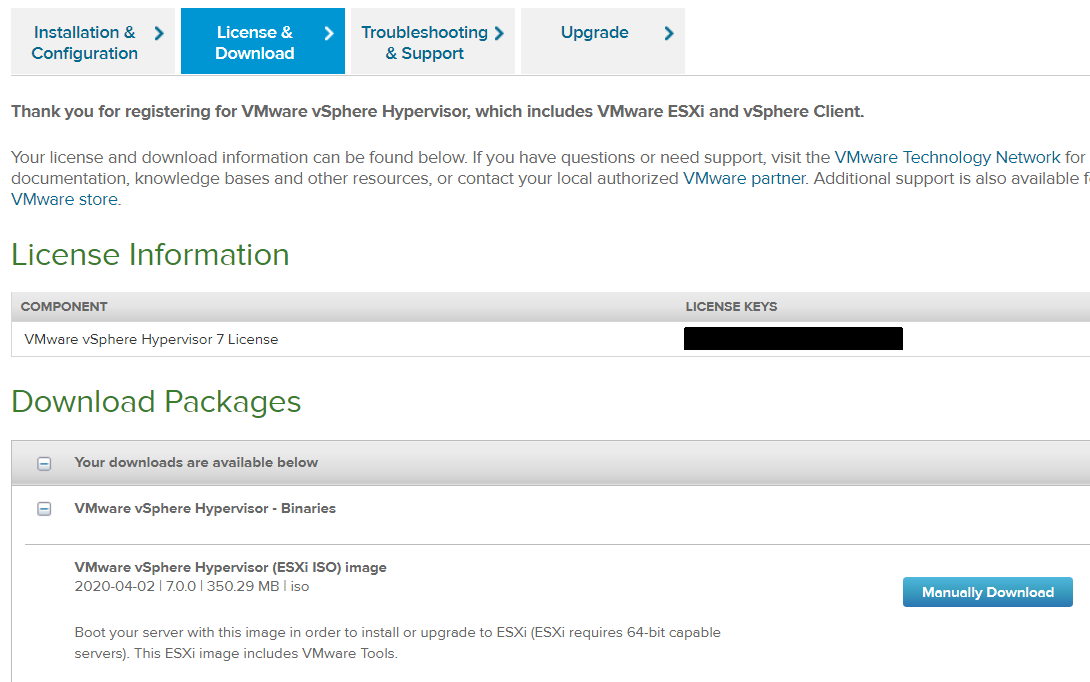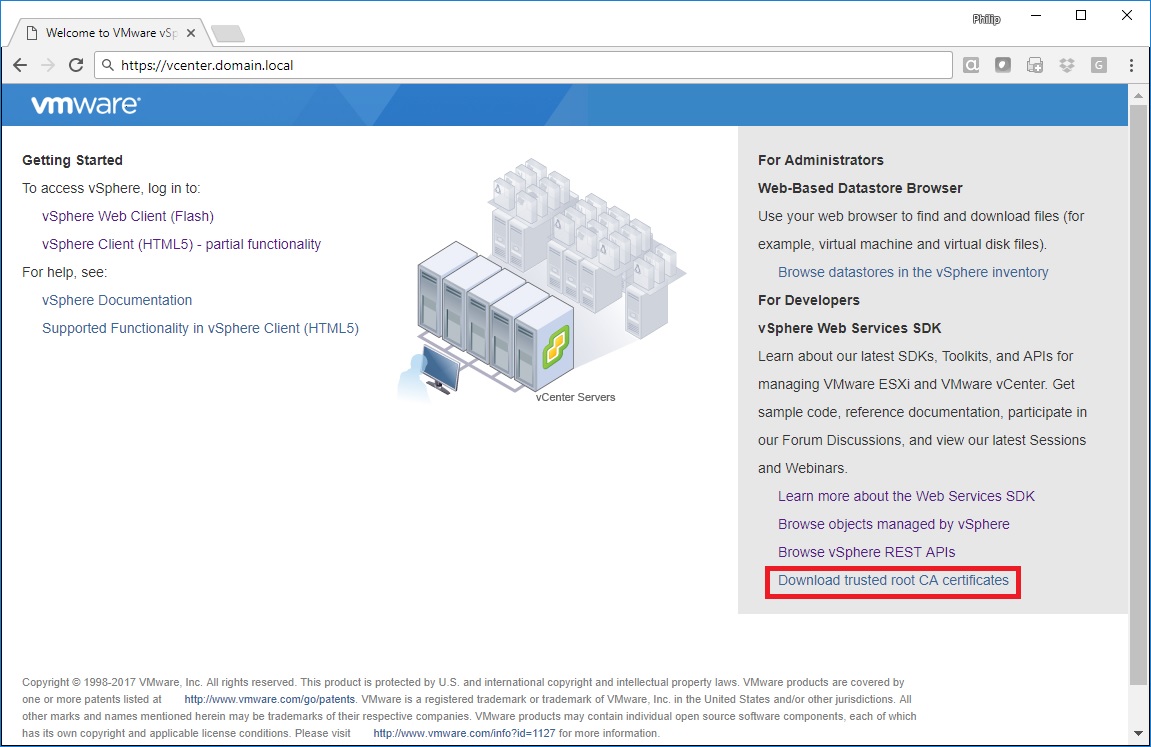
The latest version of VMware Fusion (11.5) supports macOS Catalina, so you can use it to create a new VM that boots directly from the installer app. I tested ISOs created from the macOS 10.15.1 (15.1.03) installer under 10.11 and 10.13, but both behaved the same way the workarounds described in this post seem not to work for ESXi 6.0. I had no problems creating an ISO as described, but it refused to finish the boot process when attached to a new VM in ESXi-it would always throw the “unbootable volume” symbol at around the 60% mark-despite working in VMware Fusion. This procedure is already well-documented elsewhere since Apple provides a createinstallmedia tool within the installer app itself. Installing macOS to a freshly-created VM within ESXi requires converting the macOS installer application to a bootable ISO file. If you have a Mojave VM already running, it might actually work to clone and modify it as described below before running the upgrade.

#Vmware vsphere client 6.5 for mac upgrade
upgrade an existing VM from an earlier version,.

To get a new version of macOS running in a VM, one could:

TL DR You need to first create a new installation using VMware Fusion and provide an updated EFI. Because I’m already an old Dutch guy who hates change, I wanted to see if it was possible to get a Catalina VM running without having to upgrade to ESXi 6.5 or 6.7, which would require abandoning its. I have a Mac mini that hosts VMs of every OS X/macOS version from Leopard to Mojave using VMware ESXi 6.0.


 0 kommentar(er)
0 kommentar(er)
